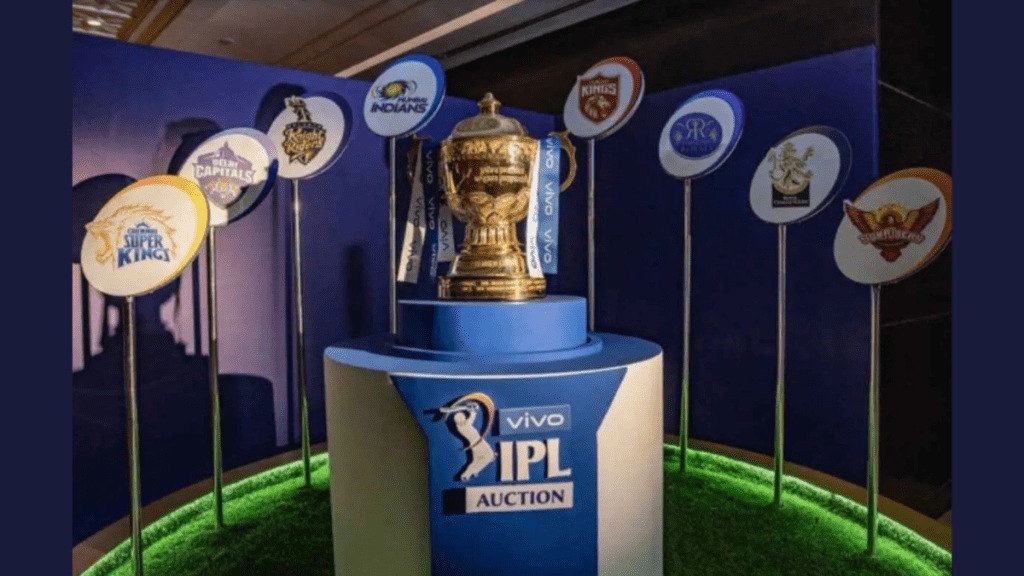‘Content is king’ is a cliche but any publisher that swears by the motto has the ability to attract and retain customers, engendering brand loyalty.
Post-merger, the Disney Star and Viacom18 combine will straightaway command a digital OTT (over-the-top) market share of 34% in terms of ad revenue. A Bloomberg report citing Comscore data estimated that in January, nearly 243.5 million users — that’s a 46.5% share of streaming viewership excluding Youtube visitors — thronged the three streaming platforms of Disney’s Hotstar and Reliance’s JioCinema and JioTV. What it will also own now is a key category differentiator — a robust content library. Ergo, a bigger monetisation opportunity.
“The merging of the two will have some disruptive consequences in terms of content and pricing power,” says Santosh N, managing partner at D&P Advisory. He adds, “Hotstar is the best among the homegrown streaming apps. It had a strong content game even before the merger, even though it lost some marquee content in the last year or so. Jio is the player with big pockets and aspirations, but it is still new in this space and so doesn’t have any major original content and the app is still not as good as Hotstar’s.”
The merged entity will offer a compelling content library comprising web series, movies, international content and sports. When HBO and IPL broadcasting moved from Disney+ Hotstar, around 15 million subscribers fled the platform in 2023. Its library of TV content from Star, the T20 World Cup and the lucrative Star Wars, Marvel and Pixel franchises ensured a large chunk of subscribers stayed put.
On the sports front particularly, the merged entity will have near monopoly since it will control over approximately 75-80% of the Indian sports market both on TV and digital. The conglomerate will hold the broadcast rights to lucrative sports properties like Indian Premier League (IPL), ICC cricket tournaments, Pro Kabaddi League, Indian Super League, and BCCI domestic cricket.
Karan Taurani, senior VP at Elara Capital, points out that the two platforms are facing heavy losses due to high content costs, and JioCinema specifically relies on advertising without significant paid subscriber revenues. “With the combination of Hotstar and JioCinema, the merged entity can enhance its subscription revenue by increasing subscription prices and attracting a larger subscriber base. The digital advertising market, being a winner-takes-all business, heavily relies on scale. They may also have a pay-based mechanism via Jio Cinema or Hotstar at a larger scale, which will propel healthy subscription revenue over the medium term,” Taurani says.
The big picture
India has over 480 million OTT users, of which 129.9 million are YouTube and social media-only users while 198 million are advertising video on demand (AVOD) users. Disney+ Hotstar leads the Indian subscription-based video (SVOD) streaming market with 38.3 million subscribers, followed by Amazon Prime Video at 21.8 million and Netflix at 6.5 million. JioCinema, which operates in the AVOD market, has not made its subscriber numbers public, but its website states that it has 33 million daily active users.
Jio has the capacity to disrupt the whole OTT space, like it did in telecom, say analysts. “With its financial muscle, Reliance can undercut everyone in terms of pricing. Competition will have to adapt accordingly. Some companies like Netflix might end up losing subscribers or might have to revisit their pricing,” says Satish Meena, analyst at Datum Intelligence.
Among competing platforms, Netflix, with its wider repertoire of international content and higher pricing, has a more affluent, urban user base so its target audience is different. Players such as Prime Video, Zee5 and SonyLIV all target a more mass cohort, as does Hotstar. “Amazon will still be impacted less because it is, primarily, an e-commerce company. The OTT offering is an add-on for the shopping business,” says Datum’s Meena. Platforms like Zee5 and SonyLIV will also be impacted but for all practical purposes, they are not really in competition with JioCinema or Disney+ Hotstar.
Experts also say that much like the telecom disruption, this merger will come with benefits for the consumer because Jio is known to play the volume game. “It will be interesting to see if the conglomerate will combine both the apps or if they will continue as they are. I expect that since Jio will want to create a significant subscriber base, it will keep the pricing attractive and competitive. They will compensate for whatever losses they make in OTT with other businesses like data and TV broadcasting,” opines Meena.
Jio may very well explore bundling offers too for both TV and OTT to improve their proposition.
Santosh expects the new conglomerate to follow the freemium approach, considering the IPL has been made free for the second consecutive season this year. “Jio is chasing growth and subscriber numbers rather than profitability, and they may be able to sustain losses for a while. Once they’ve got the subscriber base they need, the company is likely to command a premium,” he says, noting that this move will eventually weaken the competition and also compel masses to pay up for content.


